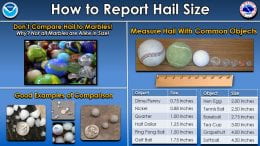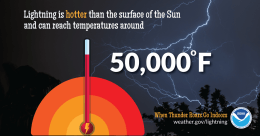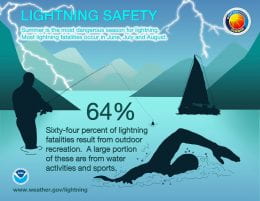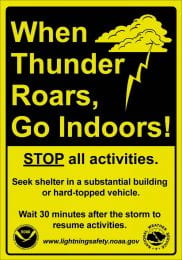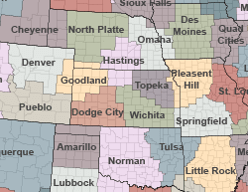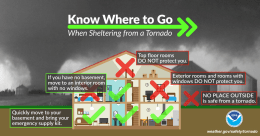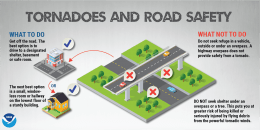As we continue our journey through Severe Weather Preparedness Week, we can now turn our attention to two of the more common hazards associated with severe thunderstorms: hail and wind.
Perhaps it would first be appropriate to define just exactly what a severe thunderstorm actually is. Much like tornadoes, the National Weather Service issues severe thunderstorm watches and warning. A Severe Thunderstorm Watch means that conditions are favorable for severe thunderstorms and that conditions should be monitored. Watches are issued over a wide area and usually before storms form.
A Severe Thunderstorm Warning means that a thunderstorm has formed that meets the criteria for being defined as severe. This means that the storm contains either damaging wind gusts in excess of 58 miles per hour or hail at least one inch in diameter or both. A warning is typically issued over a relatively small geographic area in advance of an existing storm. If a warning is issued, it is best to seek shelter in a sturdy structure, away from windows. It is also important to keep track of changing weather conditions, as severe thunderstorms can sometimes produce tornadoes with little or no advance warning.
While there are minimum criteria for a thunderstorm to be considered severe, storms can produce much more extreme winds that result in widespread damage and the potential for injury. Storms can sometimes produce damaging straight-line winds in excess of 100 mph and affect much larger areas than a single tornado. A long-lasting severe weather and damaging wind event called a derecho impacted much of Iowa and the Midwest last August, resulting in billions of dollars in damage and five fatalities.
Similar to wind, the minimum criteria for hail to be considered severe belies the high-end damage that can occur from larger hailstones. The largest hailstone ever recorded in the United States was almost 8 inches in diameter and weighed nearly 2 pounds. Hailstones as big as baseballs — 2.75 inches in diameter — can fall at more than 100 mph. These types of storms can be both incredibly destructive and deadly.
With such a wide range of hazards possible within a severe thunderstorm it is important to pay attention to the specific of a warning when it is issued. Text with a severe thunderstorm warning will highlight the hazards, including an estimation of wind speed and maximum hail size that meteorologists expect with the storm. While we may be used to severe thunderstorms here in Kansas, it is imperative to stay aware of changing weather conditions and to be ready to seek shelter when a warning is issued.


